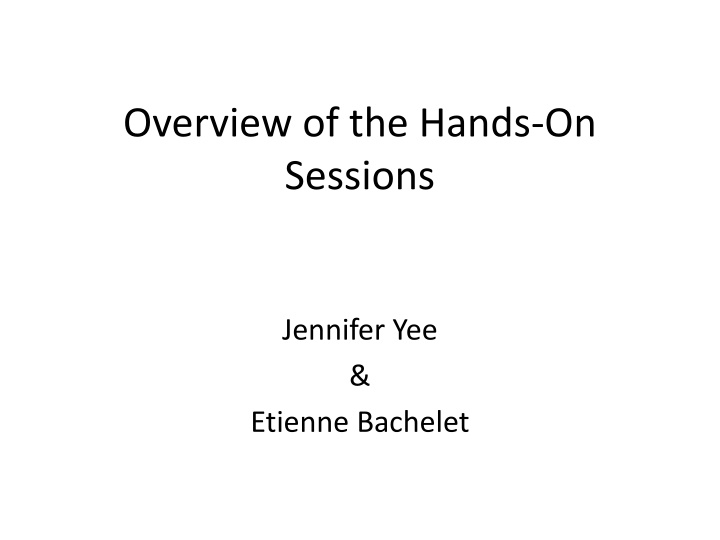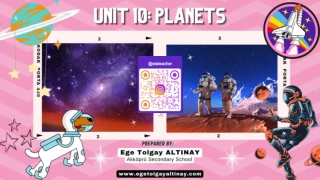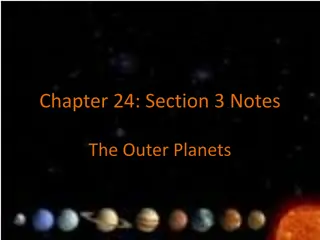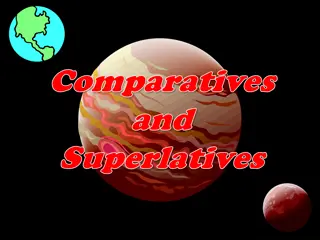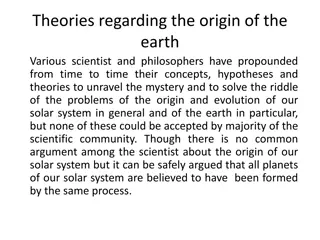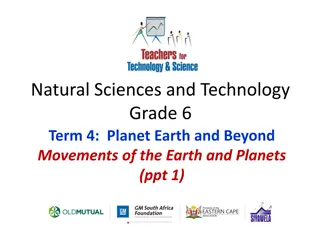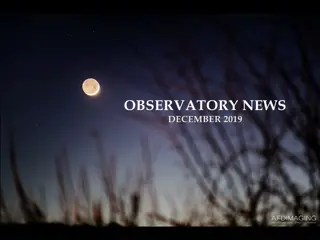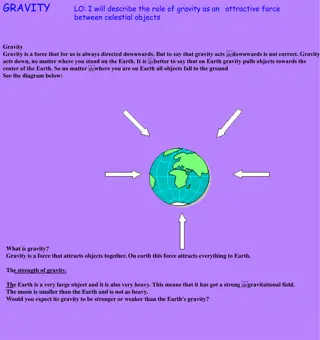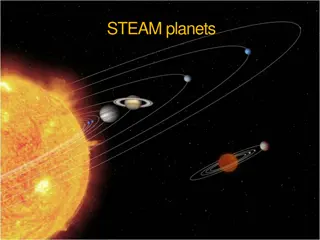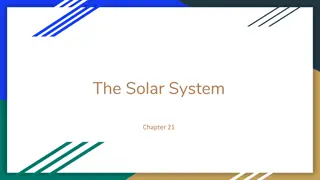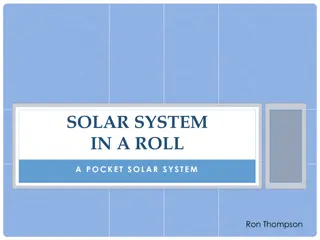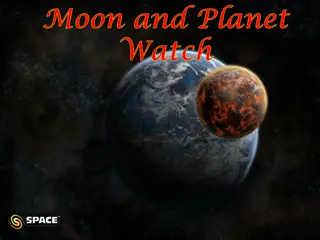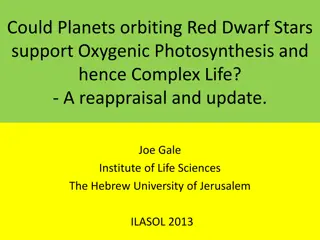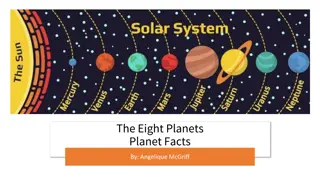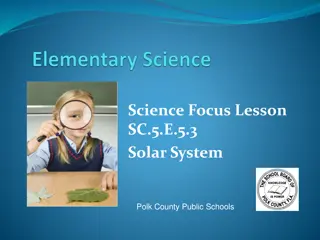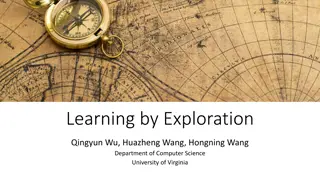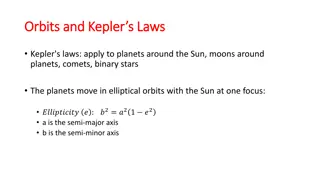Hands-On Sessions on Microlensing Planets Exploration
Delve into the world of microlensing planets exploration through hands-on sessions led by Jennifer Yee & Etienne Bachelet. The sessions aim to identify planetary perturbations in light curves, calculate microlensing parameters, perform numerical fits, and analyze the physical properties of planets. Participants will classify planets, calculate parameters analytically and numerically, compare estimation methods, and present findings, culminating in a deep dive into the lensing and physical properties of the discovered planets.
Uploaded on Oct 10, 2024 | 2 Views
Download Presentation

Please find below an Image/Link to download the presentation.
The content on the website is provided AS IS for your information and personal use only. It may not be sold, licensed, or shared on other websites without obtaining consent from the author.If you encounter any issues during the download, it is possible that the publisher has removed the file from their server.
You are allowed to download the files provided on this website for personal or commercial use, subject to the condition that they are used lawfully. All files are the property of their respective owners.
The content on the website is provided AS IS for your information and personal use only. It may not be sold, licensed, or shared on other websites without obtaining consent from the author.
E N D
Presentation Transcript
Overview of the Hands-On Sessions Jennifer Yee & Etienne Bachelet
Big Picture Using simulated WFIRST light curves, explore the kinds of microlensing planets WFIRST will find.
Goals Identify planetary perturbations in light curves Analytically calculate planetary microlensing parameters based on the light curves Perform a numerical fit to determine the exact planetary parameters Calculate the physical properties of the planet
Outline Monday: Part I: Classify planets from the literature Part II: Classify planets from simulated WFIRST data Tuesday: Calculate the parameters of a planet (Analytic) Wednesday: Calculate the parameters of the planet (Numerical) Thursday: Prepare presentations
Monday: Planet/No Planet?
Tuesday: microlensing parameters: t0, u0, tE, , s, q,
Wednesday: Compare analytical estimation with the lightcurve Fit a single lens model to the lightcurve Fitting a planetary model using analytical guess as starting points
Thursday: What are the ?lensing properties of your planets? Show some plots of your planetary perturbations. What microlensing features do your planets have in common? Are they major image or minor image perturbations? How long do the perturbations last? Make a plot showing the distribution of mass ratios and separations for the planets your group analyzed. What is the typical mass ratio for your planets? Are they inside or outside the Einstein ring? Do your planets have a typical separation?
Thursday: What are the physical properties of your planets? Assuming the lens is a 1.0 MSun G dwarf at 6 kpc, what does that mean for the physical parameters of the planet (mass and semimajor axis)? Repeat for a 0.3 MSun M dwarf at 6 kpc. For both the G dwarf and M dwarf scenarios, make a plot showing planet mass vs. physical separation for your planets. Show the snow line on these plots assuming asnow = 2.7AU (M* / MSun)2 How do the physical parameters differ in the two cases?
